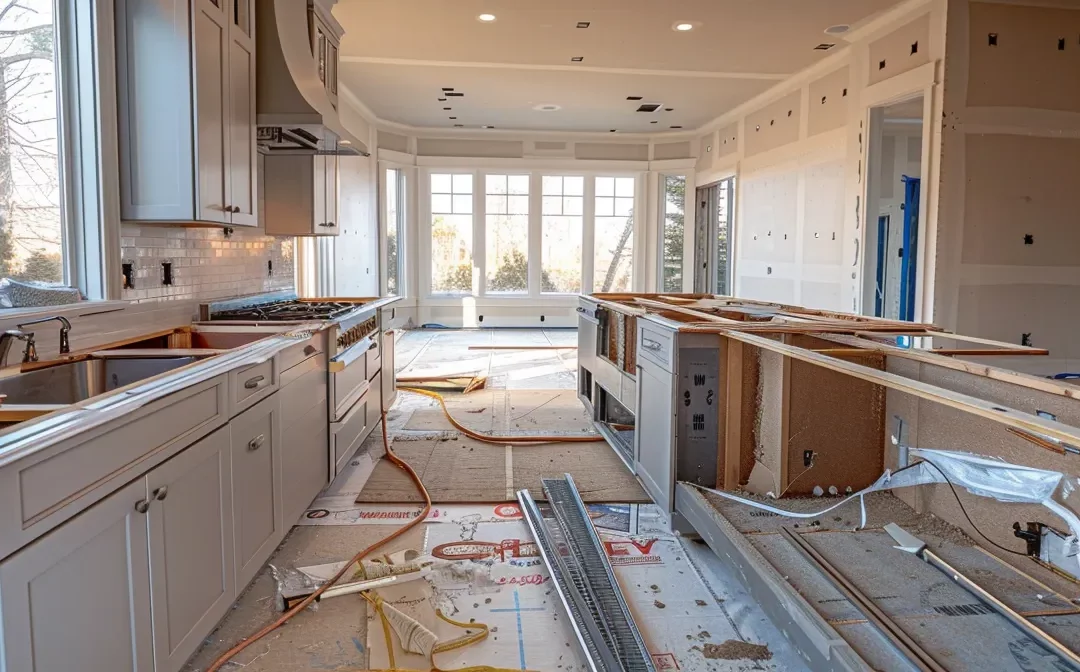How Much to Budget for Kitchen Cabinet Resurfacing Melbourne
When considering kitchen renovations, budgeting is crucial, especially for a significant aspect like kitchen cabinet resurfacing. According to the Master Builders Association Victoria, the average price to refinish kitchen cabinets can vary greatly based on several factors, including the size of your project, materials used, and labor costs. Understanding these elements will help you craft a solid contract with your contractor and ensure that you stay within your budget. Exploring the costs associated with cabinet resurfacing can help you make informed decisions about your kitchen transformation. Keep reading to discover the various factors influencing cabinet resurfacing costs and how you can make the most of your investment.
Cabinet Refacing Cost by Size of Renovation
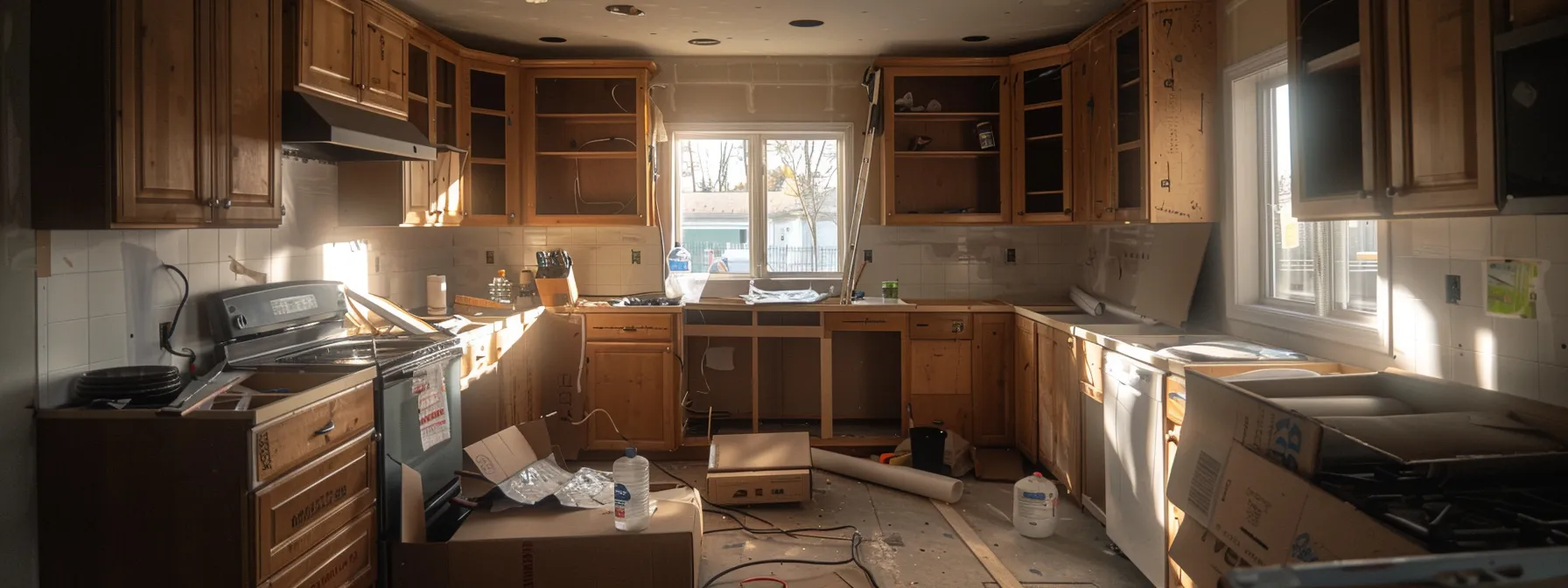
When considering kitchen renovations cabinet resurfacing, the scale of your renovation plays a significant role in determining the cost. For those embarking on a major overhaul, which may include replacing doors, hardware, and potentially flooring, expenses can rise considerably. On the other hand, a minor renovation might focus on refreshing the cabinet surfaces while keeping other elements intact, offering homeowners a more budget-friendly option. Whether you’re looking to improve your space for personal enjoyment or to sell your home, understanding how size affects pricing can help you make informed decisions. I often turn to Angi for useful insights into the variations in costs that different projects entail, ensuring that I plan my budget wisely. I also seek guidance from the Master Builders Association Victoria to stay informed about industry standards and best practices.
Major
When undertaking a major kitchen remodeling project, I find that the costs can escalate quickly, particularly when replacing key cabinetry features like melamine doors and sophisticated lighting options. Upgrading elements such as lazy susans or custom shelving can also contribute to the overall budget. With my experience, aligning these investments with your vision for the space is essential to achieving a stunning and functional kitchen.
Minor
In my experience, opting for a minor kitchen renovation through cabinet painting can be a cost-effective way to refresh your space. A good quality coat of paint can drastically change the look of your cabinets without the hefty price tag of a full remodel. Additionally, considering moisture-resistant finishes is vital, especially if you have countertops that are more susceptible to wear and humidity; this will enhance durability while keeping the overall kitchen refacing cost in check.
Cabinet Refacing Cost by Linear Foot
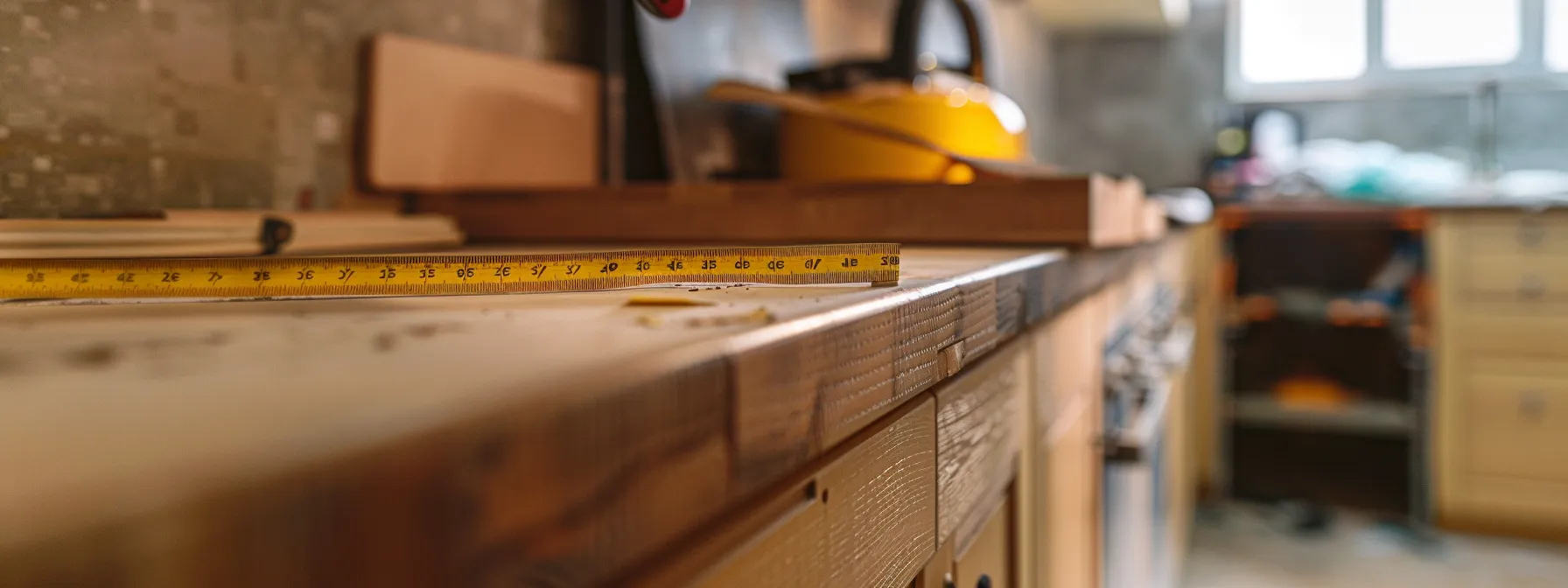
When calculating the cabinet refinishing cost, I often consider the measurement of the cabinets in linear feet. This metric allows me to estimate the amount of material needed, such as wood veneer or hardwood, essential for achieving a polished finish. Understanding the linear footage helps me align my budget with the scope of the project, ensuring I am prepared for unexpected expenses.
In addition to the materials, I factor in other elements that contribute to the overall cost. For example, if I decide to incorporate features like a wine rack into my cabinetry, it will require additional planning and custom fabrication. This can increase the cabinet refinishing cost but may add significant value and functionality to the space in the long run.
I also remember the importance of pest control when choosing materials. Some woods are more susceptible to damage from pests, which could lead to increased maintenance costs down the line. By selecting durable materials and defining my priorities, I can manage these expenditures effectively, ensuring my kitchen is both beautiful and long-lasting.
Cabinet Refacing Cost by Budget
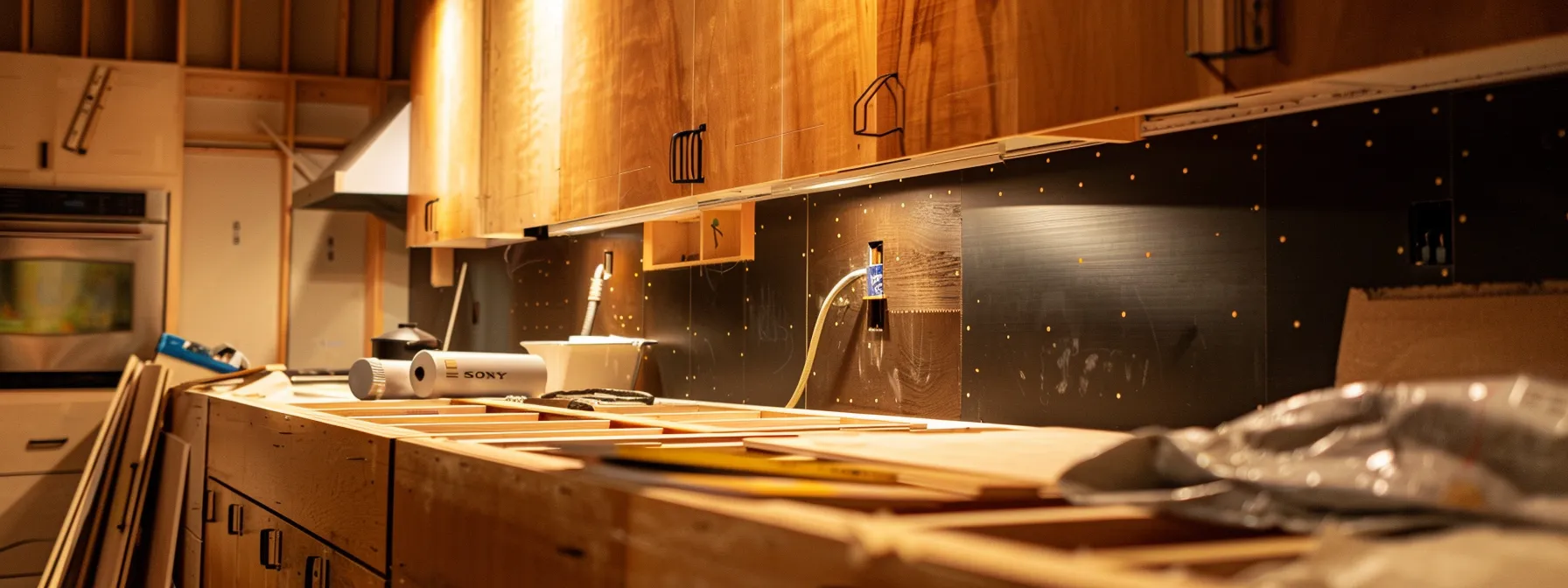
As I navigate the budgetary landscape for kitchen cabinet resurfacing, I often find it essential to categorize expenses into distinct price ranges. For those seeking an economical solution, options under $1,000 typically involve simple updates like basic plastic finishes or quick laminate overlays. Moving up to the $1,000 – $5,000 range opens up more versatile choices, including plywood refinishing, which can enhance durability and aesthetics. For a more comprehensive transformation, the $5,000 – $10,000 bracket allows for premium materials and even intricate details, like tiled designs, while investments from $10,000 to $15,000 can yield a truly bespoke look with high-end features. Understanding these average price points helps me align my needs and expectations with the project’s overall vision and potential outcomes.
Less Than $1,000
When I consider options for kitchen cabinet resurfacing under $1,000, I focus on solutions that offer accessibility and practicality. Simple updates, such as applying new laminate or plastic finishes, can significantly alter the appearance of my cabinets without a hefty investment. It’s essential to keep in mind the average cost of cabinet refacing; even at this lower price point, I must account for potential water damage that could arise if I overlook proper sealing techniques during the refinishing process.
$1,000 – $5,000
As I plan my kitchen cabinet resurfacing project with a budget between $1,000 and $5,000, I realize that I have a range of options available that can significantly improve my space. Utilizing materials like particle board for the base can offer cost-effective solutions, allowing me to invest the remaining budget in higher quality finishes or hardware. Understanding the average price to reface cabinets in this range enables me to navigate my home improvement journey while keeping the project aligned with my expectations and the terms of service of my chosen renovation professional.
$5,000 – $10,000
When I set my budget for $5,000 to $10,000 for kitchen cabinet resurfacing, I realize this range allows for a significant transformation of the room. This investment means I can select high-quality materials that not only enhance the aesthetics but also ensure durability in my woodworking projects. With this budget, I often find that the average price to reface kitchen cabinets includes options for upgraded drawers and innovative designs that can make my kitchen both functional and visually appealing.
$10,000 – $15,000
When budgeting between $10,000 and $15,000 for kitchen cabinet resurfacing, I find that I can achieve a significant upgrade while incorporating features that suit my needs. Investing in a reputable brand allows me to select high-quality materials which contribute to both aesthetics and durability, especially when considering the cabinet refacing cost per door. I also emphasize choosing environmentally friendly options that can help in maintaining a sustainable home, whether I’m revamping my kitchen around a new cooktop or integrating similar upgrades in the bathroom.
Cabinet Refacing Cost by Material
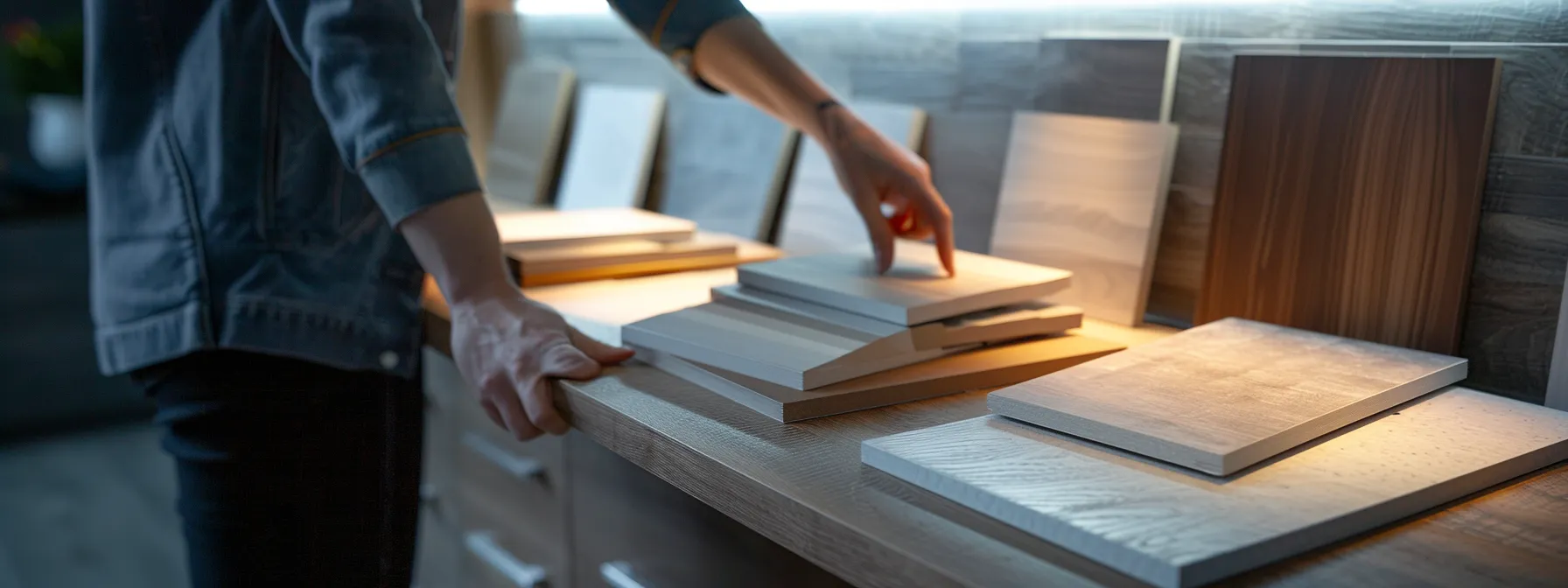
Understanding the cabinet refacing cost by material is vital for determining how much to allocate for this project. I’ve explored various options, from laminate surfaces to the warmth of solid wood, each providing unique benefits and price points. For instance, thermofoil cabinets often offer an affordable alternative, while wood veneer presents a balance of aesthetics and durability. Investing in solid wood, with its ability to withstand wear over time, significantly impacts the budget, especially if you’re considering additional features like crown molding or an integrated sink. By breaking down these costs, I’m better equipped to make informed decisions that align with my design vision.
Laminate Cabinet Refacing Costs
In my recent exploration of laminate cabinet refacing costs, I discovered that this option can significantly reduce the overall cabinet refacing price compared to solid wood alternatives. Many homeowners, including myself, appreciate the budget-friendly nature of laminate, especially when I consider the potential return on investment it offers by instantly refreshing my kitchen’s appearance. I often refer to resources like Home Depot for accurate estimates, as their cabinet refacing costs provide insight into what I can expect for my makeover without overspending.
Wood Veneer Cabinet Refacing Costs
When considering wood veneer for my cabinet resurfacing project, I’ve found it to be a flexible alternative that blends aesthetics with affordability. The cost typically ranges depending on the type of wood, with oak being a popular choice among homeowners, as it’s known for its durability and timeless appeal. It’s wise to check warranties offered by the manufacturer, as well as to inquire about additional costs for features like molding, which can enhance the overall look while adding to the price to reface kitchen cabinets.
Solid Wood Cabinet Refacing Costs
When considering solid wood for cabinet resurfacing, I find that it tends to be on the higher end of the cabinet refacing cost spectrum. The price can vary significantly based on factors such as the type of wood selected and any finishing options, like stain or paint. Investing in solid wood not only enhances the visual appeal of my kitchen but also offers durability that complements materials like granite or quartz countertops.
- Solid wood adds lasting value and beauty.
- The cost fluctuates depending on wood type and finish.
- Stained finishes can enhance the wood‘s natural grain.
- Budget appropriately when pairing with premium surfaces like granite or quartz.
Cabinet Refacing Labor Costs
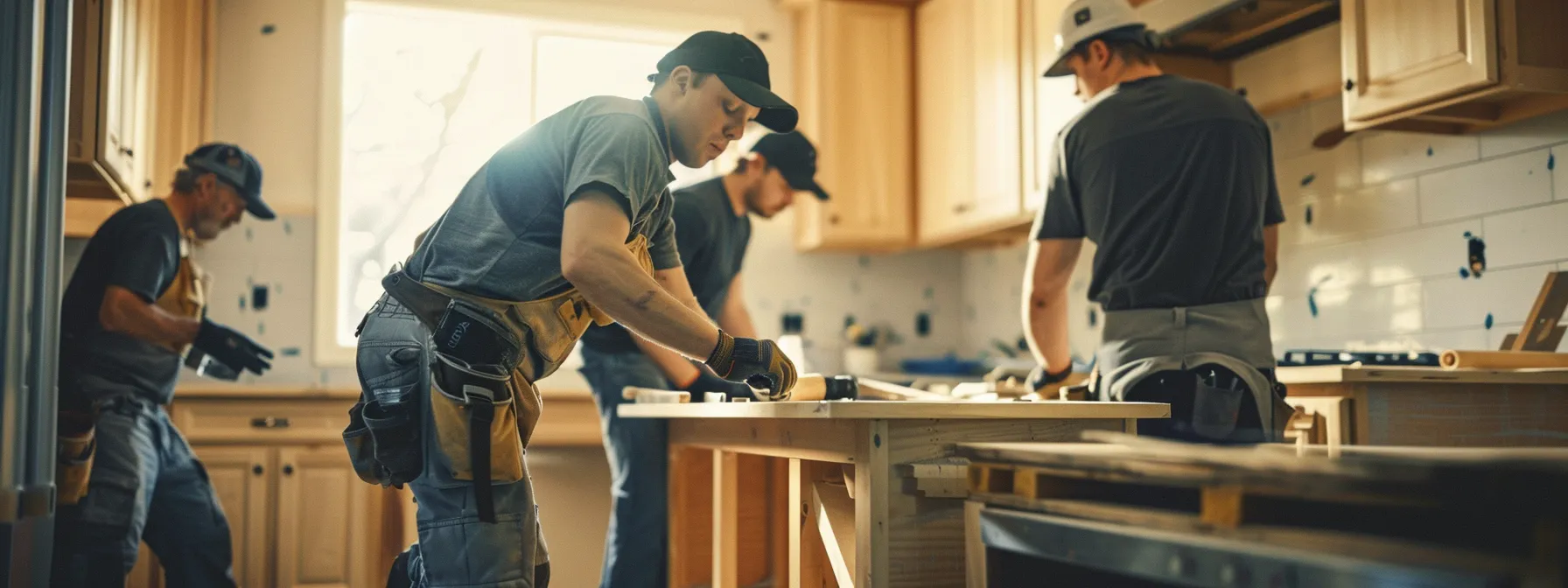
When I assess labor costs for kitchen cabinet resurfacing, I first consider the complexity of the work involved. Depending on the size of my kitchen and the specific tasks required, labor expenses can vary significantly. It’s essential to consult with professionals who can provide detailed estimates based on the scope of the project.
In my experience, hiring skilled craftsmen can make a notable difference in the overall quality of the resurfacing job. The expertise they bring not only ensures a polished finish but can also expedite the process. As I plan my budget, I factor in these labor costs carefully, recognizing that investing in quality workmanship pays off in the long term.
I’ve learned that timelines can greatly affect labor costs as well. A project that takes longer than initially anticipated can result in increased expenses, especially if additional work or adjustments are needed mid-project. By communicating openly with my chosen professionals, I aim to establish a realistic timeline that helps keep costs in check while ensuring high-quality results.
Factors That Affect Cabinet Refacing Costs
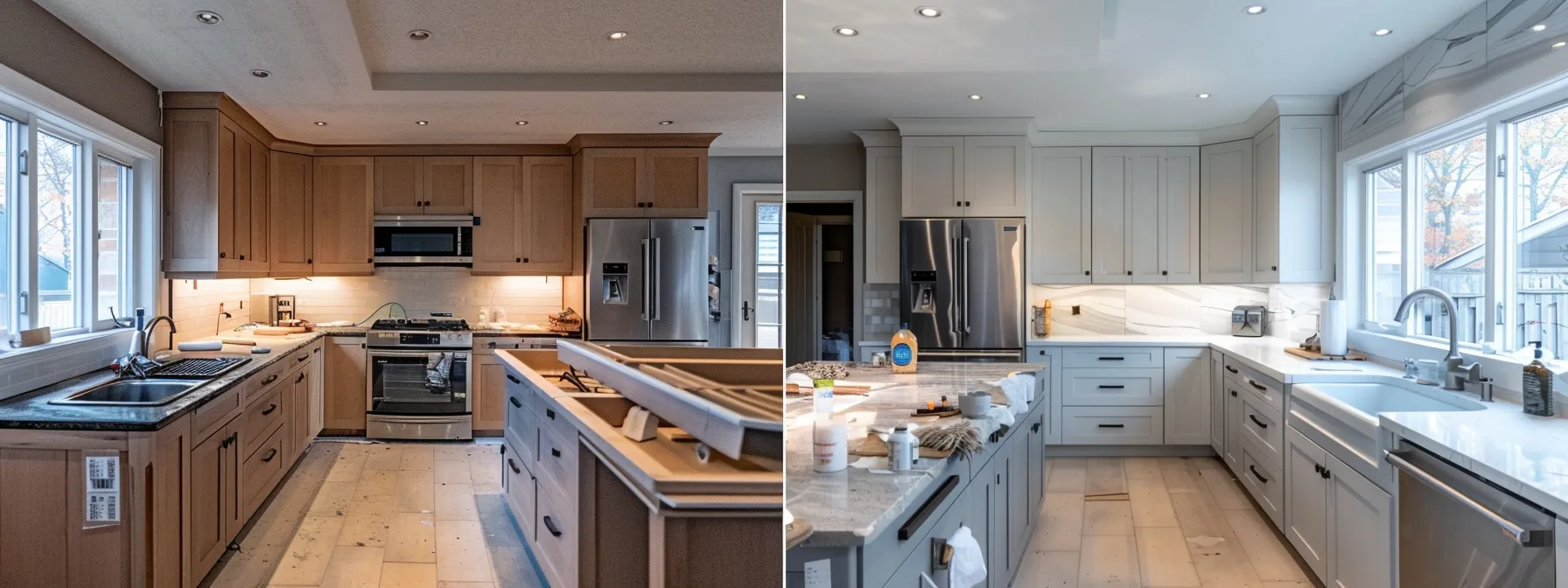
As I consider the overall expenses for kitchen cabinet resurfacing, I recognize several factors that play a key role in determining the final cost. The choice of material is crucial; different options range widely in price and durability, impacting my budget significantly. Additionally, my geographic location influences costs due to varying labor rates and market demand. Finally, the size of my kitchen not only affects the amount of material needed but also the complexity of the labor involved. By keeping these elements in mind, I can make more informed decisions that align with my renovation goals.
Material
The material I choose for kitchen cabinet resurfacing significantly influences the overall cost and aesthetic of the project. For instance, opting for high-end materials like solid wood can elevate the visual appeal but also adds to the expense, while laminate options provide a budget-friendly alternative without much compromise in style. By weighing the pros and cons of each material, I ensure that my selection aligns with both my design vision and financial limits.
Geographic Location
I’ve found that my geographic location has a notable impact on the costs associated with kitchen cabinet resurfacing. Urban areas often have higher labor rates and demand, which can drive up prices compared to rural settings. Additionally, local building codes and material availability can further influence the budget, making it essential for me to research and consider my area’s specific market conditions when planning my renovation.
Kitchen Size
The size of my kitchen plays a crucial role in determining the overall cost of cabinet resurfacing. A larger kitchen requires more materials and potentially more labor hours, which can quickly add up. Therefore, I always take accurate measurements and estimates into consideration to ensure my budget aligns with the scope of the project:
- More cabinet surface area increases material costs.
- Larger kitchens often demand more complex labor.
- Proper planning helps to avoid unexpected expenses.
Additional Project Upgrades Associated With Cabinet Refacing
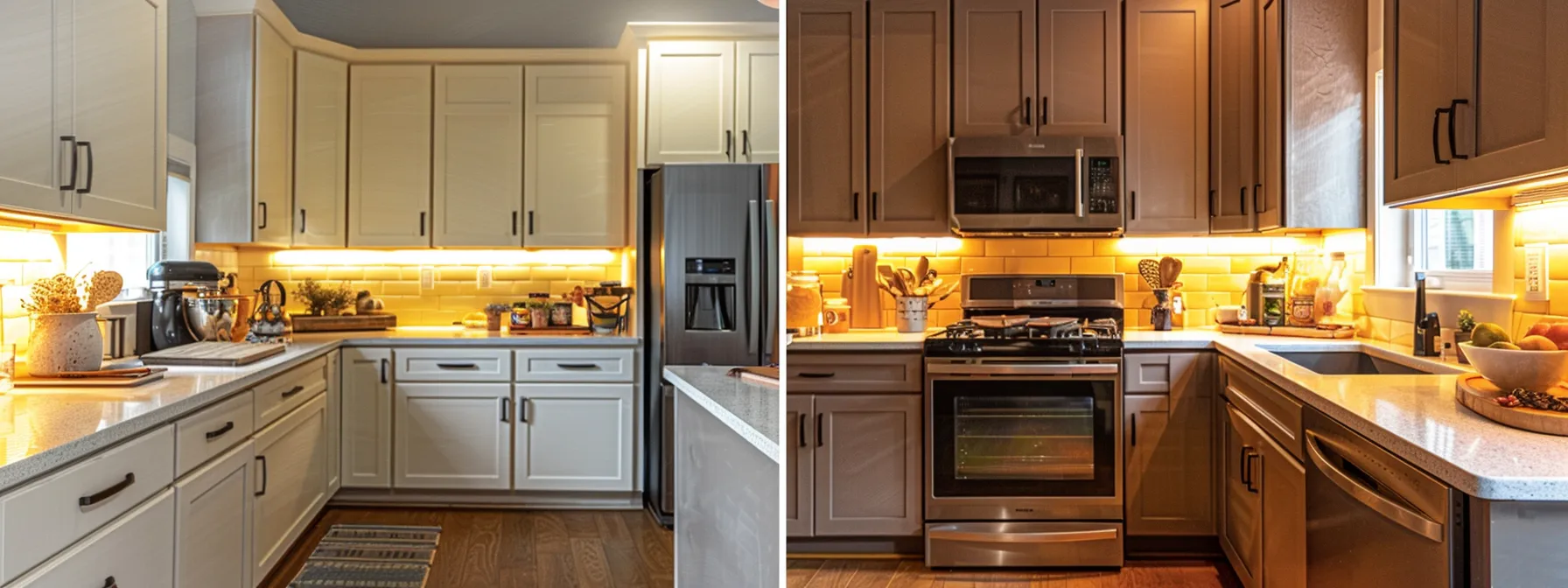
When considering kitchen cabinet resurfacing, I often think about additional upgrades that can further enhance the space. For instance, optimizing the functionality of my kitchen with new drawer pulls or cabinet hardware can make a noticeable difference. This small investment can elevate the overall aesthetic and performance of my updated cabinetry.
I also pay attention to the lighting upgrades that can accompany my cabinet resurfacing project. Installing under-cabinet lighting not only illuminates my workspace but also highlights the beauty of the new finishes I select. This upgrade can transform the ambiance of the kitchen, making it a more inviting area for family gatherings or entertaining guests.
Cost to Reface vs. Repair vs. Replace Cabinets
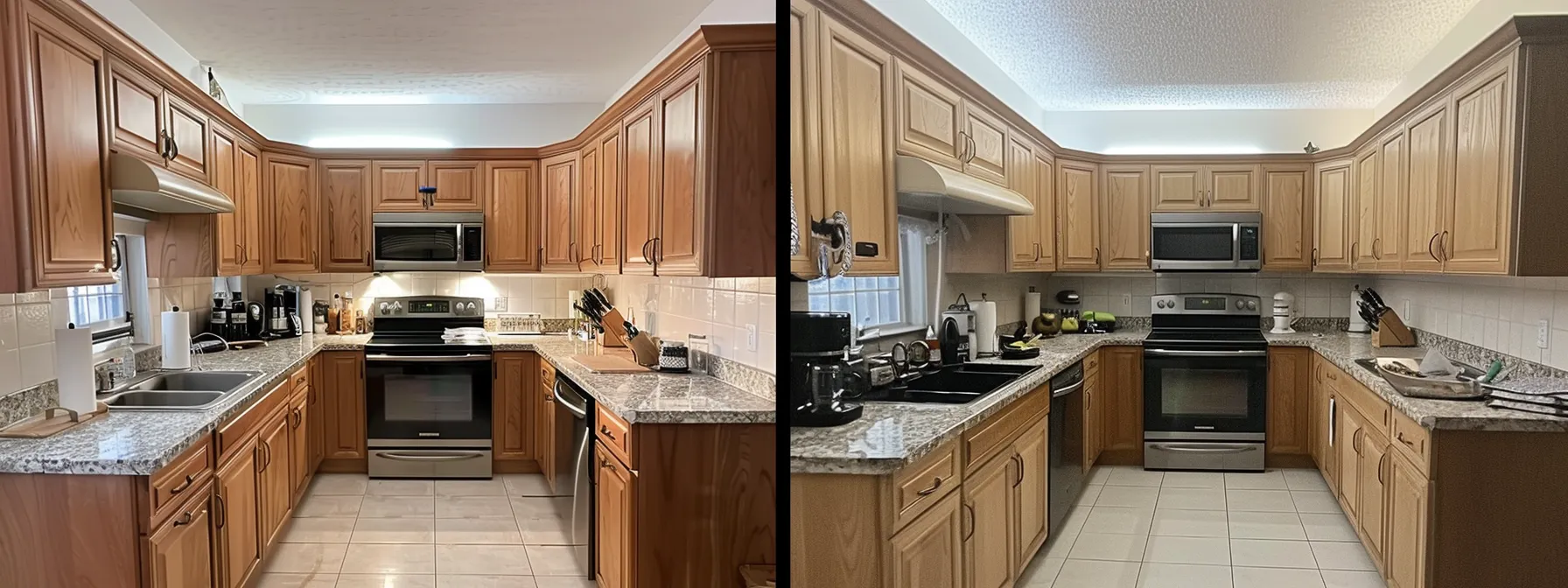
When I weigh the options of refacing, repairing, or replacing my kitchen cabinets, cost plays a significant role in my decision-making process. Refacing tends to be the most budget-friendly solution for updating my cabinets while preserving the existing structure. This option generally allows me to achieve a refreshed appearance without the larger expense associated with full replacements.
Repairing my cabinets often proves to be a viable alternative when the damage is minimal and can be fixed with simple adjustments. In my experience, opting for repairs can save money in the short term, but it may not always meet my long-term needs if I desire a more modern look or updated features. It’s essential for me to consider whether the repairs will truly enhance the overall functionality of my kitchen.
Replacing cabinets altogether may be the most expensive route, but it does offer the greatest flexibility in terms of design and quality. I find that when my existing cabinets are outdated or structurally compromised, a full replacement can be a worthwhile investment. This option allows me to select new styles, materials, and layouts that truly align with my vision for an ideal kitchen space.
Pros and Cons of Cabinet Refacing
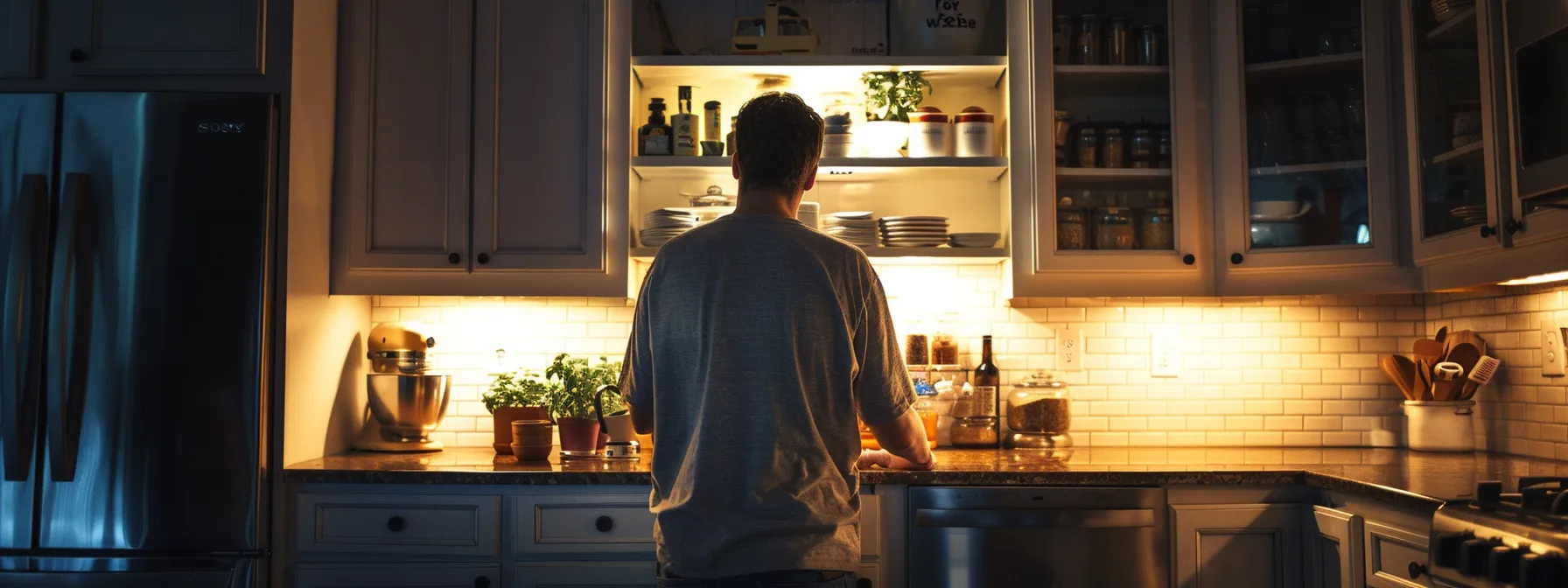
As I evaluate my options for kitchen cabinet resurfacing, I find it important to weigh both the benefits and drawbacks of this approach. On the positive side, refacing offers a cost-effective way to refresh the look of my cabinets while minimizing disruption to my kitchen space. It often allows for a stunning transformation without committing to a complete replacement. Yet, I must also consider the potential downsides, such as limitations in addressing underlying structural issues or achieving a fully customized design. By carefully analyzing these pros and cons, I can make a well-informed decision that aligns with my goals and budget for the kitchen renovation.
Pros
One of the main advantages of cabinet resurfacing is its cost-effectiveness compared to full cabinet replacement. I appreciate how this option allows me to refresh the look of my kitchen without incurring the higher expenses associated with new cabinetry. Additionally, the process tends to be quicker, minimizing the disruption in my daily routine and allowing me to enjoy the updated space sooner.
Cons
While cabinet resurfacing offers notable advantages, I also have to contend with some drawbacks. One significant concern is that refacing may not address underlying structural issues, meaning that if the cabinets are damaged or weak, I might still encounter problems after the resurfacing is completed. Additionally, my design options could be limited, which may deter me if I have a specific aesthetic in mind that goes beyond merely changing the cabinet appearances.
4 Ways to Save Money on Cabinet Refacing
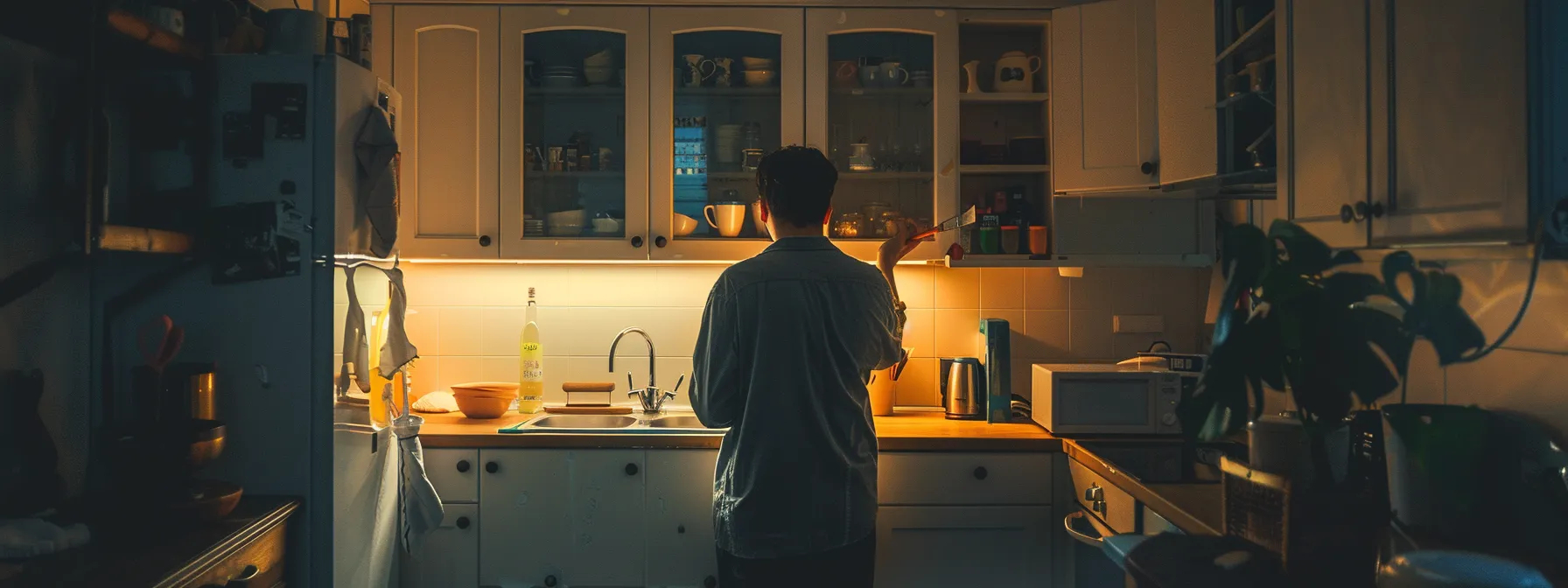
To keep costs down during my cabinet resurfacing project, I focus on DIY options whenever possible. By taking on tasks like painting or replacing hardware myself, I can save significantly on labor costs. It’s rewarding to see my personal touch reflected in the final outcome of my kitchen.
I also prioritize budgeting wisely by researching material options prior to starting. I compare prices and look for sales or discounts on cabinetry supplies, which allows me to stretch my budget further. Planning my purchases can lead to unexpected savings without compromising quality.
Lastly, I always consider timing my project for off-peak seasons. Many contractors may offer lower rates during slower months, which fits perfectly with my goal of saving money. This small shift in scheduling can have a big impact on the overall costs of resurfacing my cabinets:
DIY Cabinet Refacing vs. Hiring a Professional
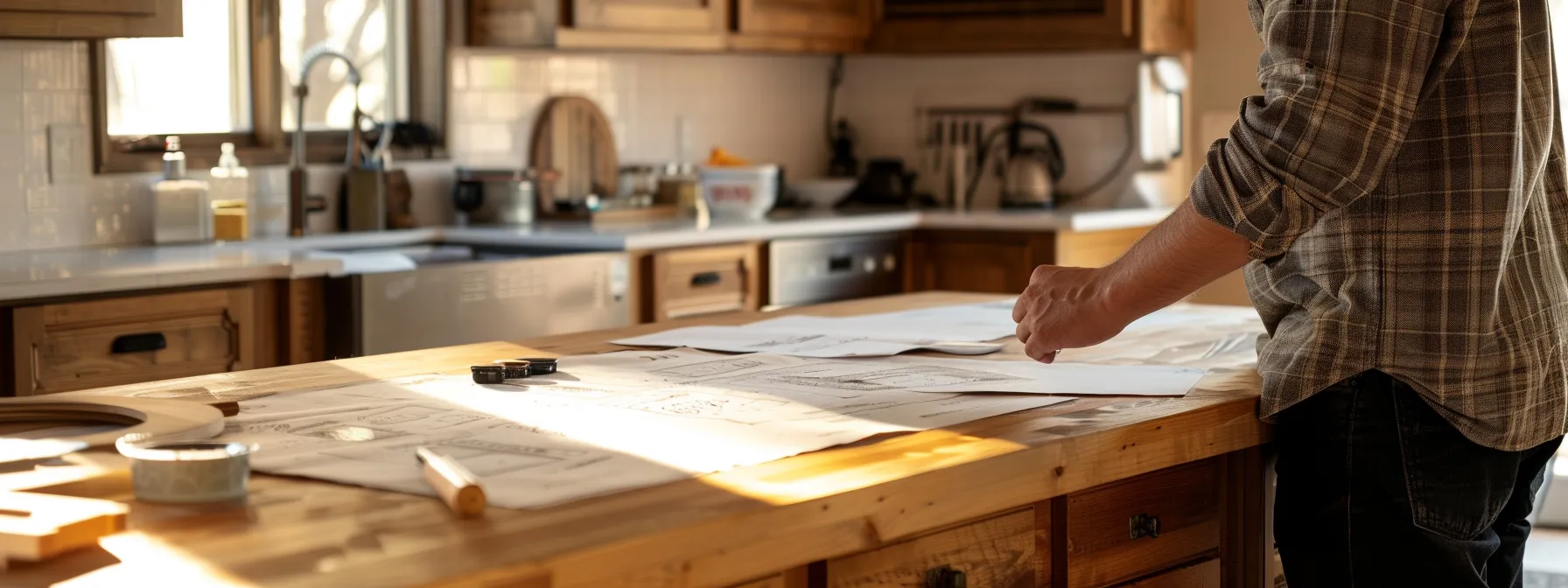
When I consider whether to tackle cabinet resurfacing myself or hire a professional, I weigh the advantages and limitations of each option. Taking the DIY route allows me to save on labor costs and gives me the freedom to personalize the project. However, I recognize that it also requires a significant investment of time and effort, along with the risk of potential mistakes that could lead to additional costs down the line.
On the other hand, hiring a professional brings expertise and efficiency to the project. With skilled craftsmen, I can expect high-quality results and seamless execution, which often translates to a more polished finish. Although this route may involve a higher upfront cost, I appreciate the peace of mind knowing that the job will be done correctly and timely.
Ultimately, my decision hinges on my budget, skills, and how much time I can devote to the project. Balancing the costs associated with each option helps me create a realistic budget that aligns with my goals for kitchen cabinet resurfacing:
Conclusion
Budgeting for kitchen cabinet resurfacing is crucial for ensuring a successful transformation of your space. It helps you understand the costs associated with different materials, labor, and project complexities. By having a clear budget, you can make informed decisions that align with your design goals and financial constraints. Proper budgeting ultimately leads to a more satisfying renovation experience, minimizing unexpected expenses and maximizing your kitchen’s potential.
